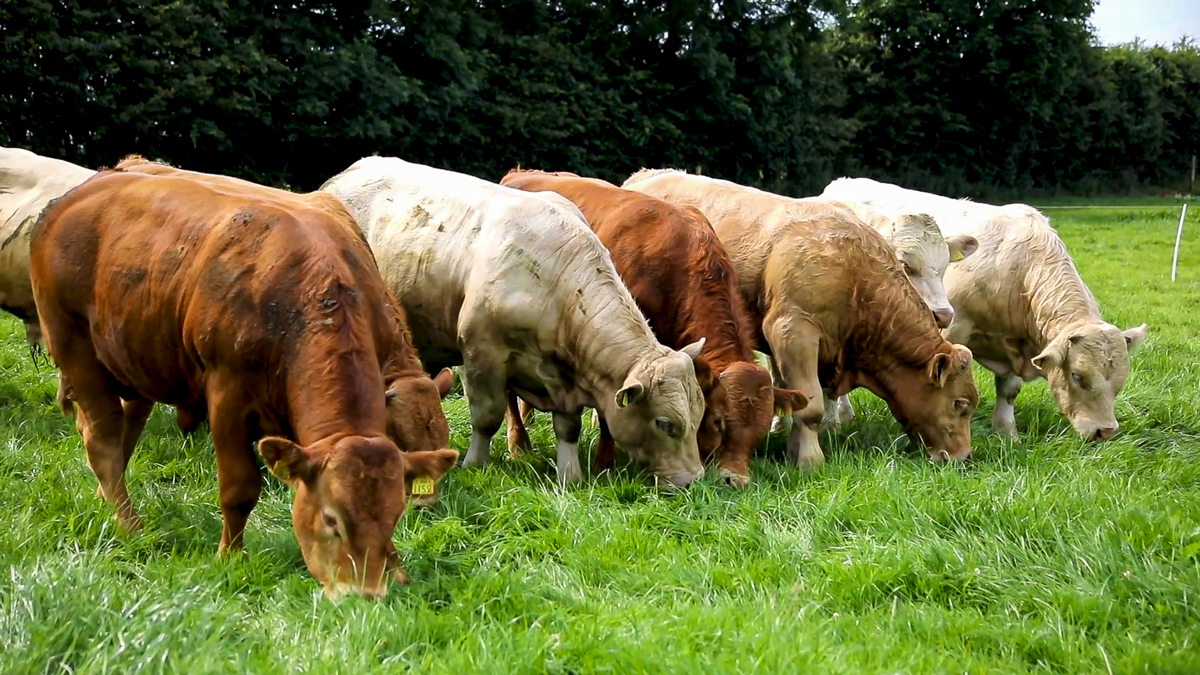Beef Plan Movement chair, Eamon Corley believes that in order for any carbon calculation within the industry to be correct, the basic principles of mathematics must apply.
“If they don’t, the figures just won’t add up and false results will be produced,” he tells Agriland.
“This will result in higher figures in one area compensating for lower figures in another. The end result will be misleading and false.”
According to Corley, this is true of the carbon calculator that Teagasc is proposing to use.
He explained:
“Beef Plan has many concerns with the carbon calculator that they will be expected to use.
“It will produce figures that will, on one hand, damage livelihoods and, on the other hand, let the real culprits off the hook.
“Firstly, carbon emissions have to be attributed consistently and fairly to products produced worldwide.”
“By this we mean a decision has to be made about whether the carbon dioxide equivalent (C02e) emission figures stay with the country where the product is produced or do they stay with the country where the product is consumed.
“For example, we cannot have the current situation where, on the one hand, diesel that is produced in Saudi Arabia and used in Ireland has its carbon emissions counted in Ireland.
“And then beef produced in Ireland and used in Saudi Arabia has carbon emissions counted in Ireland also.”
Corley went on to point out that the people representing Ireland, where this was agreed, let the country down badly.
“This needs to be corrected now before any calculations are carried out,” he stressed.
“Secondly, there needs to be a minus button on the carbon calculator.
“There is an addition button to add up emissions from all the different components of beef farming.
“Likewise, there has to be a facility to subtract carbon dioxide equivalents when they are removed from the atmosphere as is the case through farmers grazed grass, their hedgerows and woodlands.”
Corley continued:
“The science is already there to do this and it should be done now.
“Finally, the calculator must take into consideration the difference between methane produced from grazing and the carbon dioxide produced by burning fossil fuels.”
He concluded:
“The methane breaks down to carbon dioxide which is captured by grass.
“If these three considerations were built into the carbon calculator it then would be accurate and we would have a tool that could pinpoint the problem areas and farmers would be in a position to address them accordingly.
“By leaving them out, the calculation becomes worthless and not fit for purpose.”
